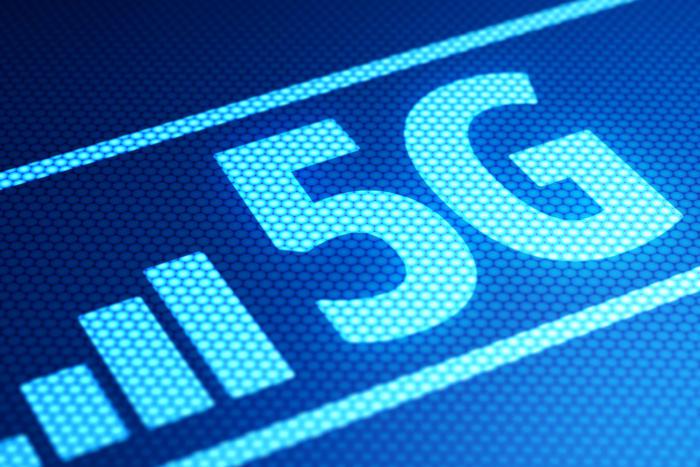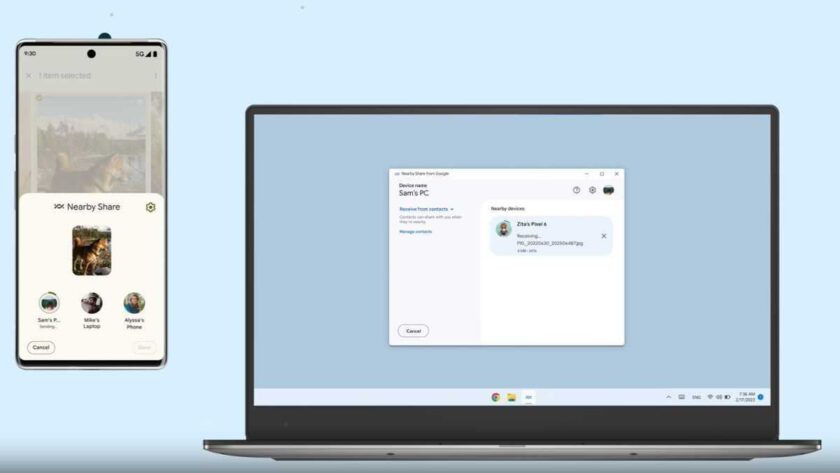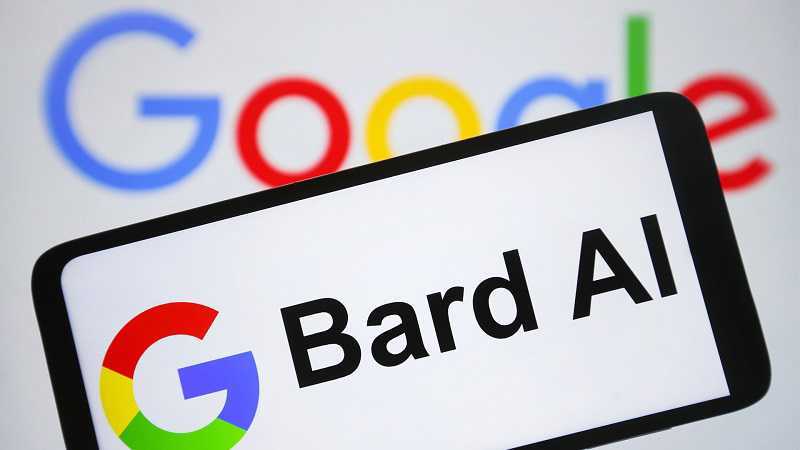Telstra has announced switching on the world’s first 5G-enabled Wi-Fi hotspots in the Gold Coast ahead of the Commonwealth Games next month, with visitors to the region able to gain access to the free service.
While no smartphones or tablets currently support 5G, Telstra said it is using 5G backhaul and infrastructure in its newly launched 5G Innovation Centre in the Gold Coast to power standard Wi-Fi access points.
Telstra Networks MD Mike Wright said in an interview on Tuesday afternoon that there are seven or eight hotspots in the Southport area, with the idea to bring 5G out of the lab to test in the real world while working around the lack of compatible devices.
“We all know that devices for 5G won’t become available until next year at best, and we were saying, ‘well, how can we do something that effectively works around the limitations of no 5G devices’,” Wright said.
“So we came up with the idea of saying, ‘well why not use all the existing devices, they’ve all got Wi-Fi on them, and what we’ve done effectively is put multiple Wi-Fi hotspots into a 5G modem. So it’s not about the individual hotspots getting 5G speeds; it’s about a lot of users connected to those hotpsots generating lots of traffic that’s going through one 5G device.”It’s like a super hotspot we’ve built out of 5G.”
The hotspots are located on Scarborough and Nerang Streets in Southport, and have a download limit of 10GB per device per day. The 5G device is capable of 3Gbps speeds, with Telstra setting up a system to track overall collective speeds by all users, Wright said.
Following the tests on connected vehicles using the first 5G handset last month, which weighed 200kg and was the size of a filing cabinet, Wright added that the telco has worked with Intel and Ericsson to shrink this down to its current size of a PC. This “handset” will be loaded onto the 5G connected car to run tests.
“We actually now have one you can carry around, it’s actually the size of a PC,” Wright said.
“So that means we can put it in the back of a smaller van. And we’re able to get out on the street now much more freely and test again 5G on the move … the whole idea is we’re looking at how does 5G — this is all about learning about 5G and how it works, so that when we come to full-scale rollouts next year and beyond, we are informing those engineering decisions based on some real-world testing.”
Ericsson ANZ MD Emilio Romeo said the connected car and Wi-Fi hotspot 5G trials would provide the networking company with “excellent insights” into performance and use cases.
“We are very pleased to be pushing the boundaries of mobile technology forward with Telstra and Intel,” Romeo said.
“We will continue to work with Telstra, together with Intel, to conduct further 5G tests throughout 2018 that will help show consumers and industry how 5G can deliver a better mobile broadband experience and improved business and industry productivity.”
Telstra’s announcement follows CEO Andy Penn last month stating during Mobile World Congress (MWC) in Barcelona that the global race to provide a 5G network by 2019 is about offering an entire solution more so than simply laying claim to the title of being first.
“Our objective will be to lead the development in 5G, and be the leader in the rollout of Australia, but it’s not just about being first — it’s about making sure you have a fully integrated and extensive 5G set of offerings. It’s not just about putting a flag in the ground, it’s about delivering an extensive 5G capability,” Penn said in February.
“We’re always a leader, and we have the best network. We’ve always been a leader in technology and will continue to be so, and as I said it’s one thing to just sort of put a flag in the ground, but what’s more important is we have an integrated set of 5G solutions for customers, and also we will continue to invest in and develop the capability of 4G as well.
“Because ultimately, whilst 5G might be available commercially in 2019, realistically not everybody is going to suddenly switch to 5G; there will still be many customers on 4G as there are indeed on 3G today.”
According to Penn, Telstra is “very well advanced” in its preparations for 5G, including conducting the first 5G call last year, virtualising its network, demonstrating 2Gbps download speeds on 4G, and launching its 5G Innovation Centre.
On the industry side of 5G preparation, he said that while it is moving quickly, a lot of innovation still needs to happen across chipsets, radio access equipment, and ultimately the handsets.
“There will be 5G phones undoubtedly next year, and my guess is there will be 5G equipment, maybe not handsets but equipment, in 2018,” he said, adding that Telstra is in discussions with Qualcomm and Intel on chipsets.
Penn in January said that with only five companies involved in 5G networking technology — Samsung, ZTE, Nokia, Ericsson, and Huawei — the telco is in discussions with all of them in relation to 5G.




